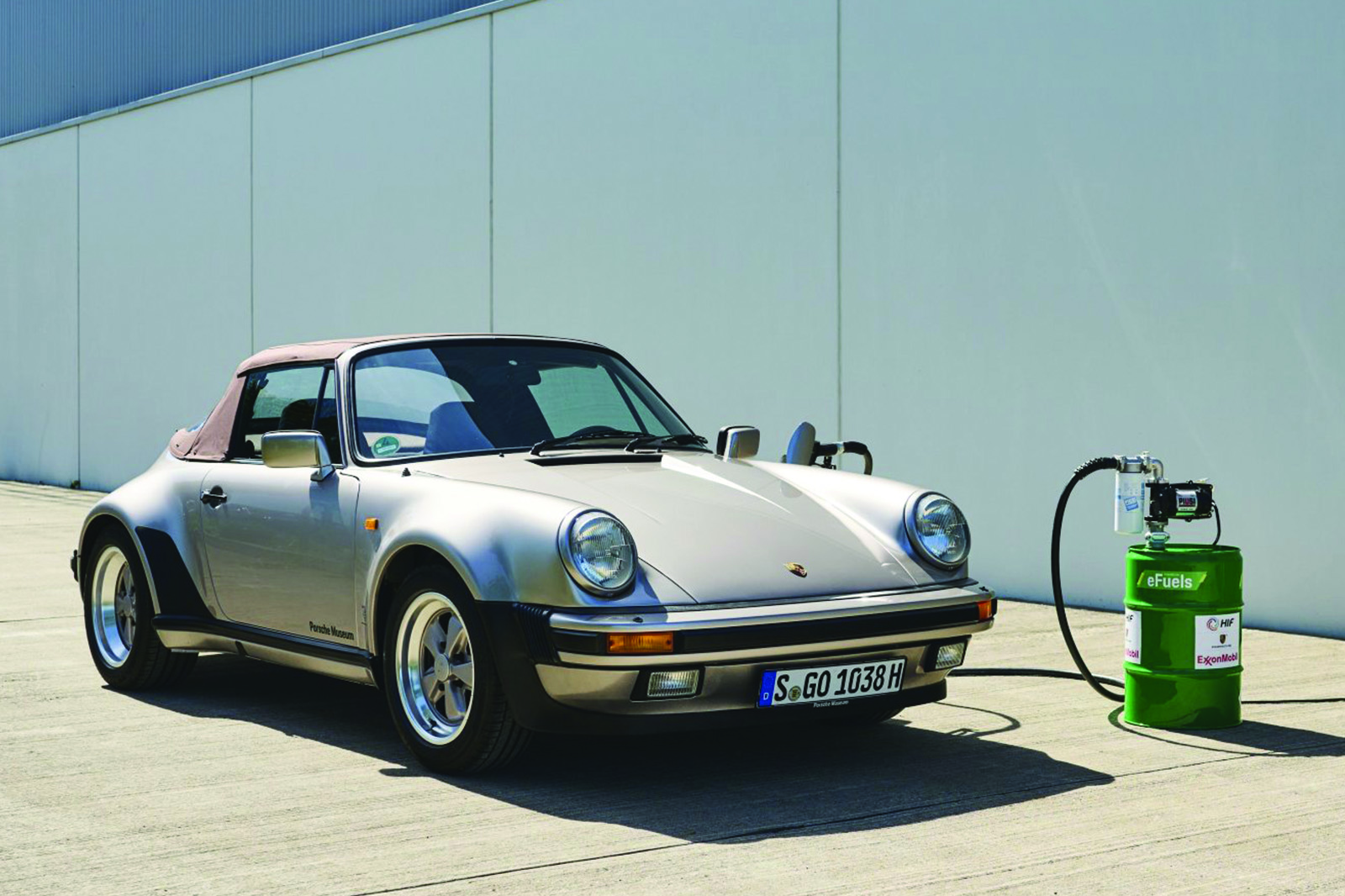What are e-fuels and how can they reduce car emissions?
As bans on new pure-combustion cars approach, questions are being raised about whether alternative fuel solutions - such as e-fuels - also have a role to play in reducing transport emissions alongside electrification. Some car manufacturers and governments are working to produce alternative means of fueling a car, such as hydrogen, but others are pushing two main forms of fuel: e-fuels and biofuels, which are both types of synthetic fuel. What are e-fuels? E-fuels are a type of synthetic fuel produced using ‘green’ hydrogen and carbon, often sourced from waste biomass or CO2 captured from the atmosphere. Related articles The name ‘e-fuel’ is short for ‘electrofuel’. It's often a suitable alternative to petrol for use in a car with an internal combustion engine. How are e-fuels produced? E-fuels are made by separating hydrogen and oxygen from water using electricity. The next step in the process involves capturing CO2 from the air and then combining that with hydrogen and CO2 using chemical synthesis. E-fuels are carbon neutral, meaning they use the same amount of CO2 emissions as they emit. For this reason, they’re considered by some car brands, such as Porsche, as a potential alternative to electric cars. An e-fuel’s removal of atmospheric carbon – either through photosynthesis when growing the biomass or by capture – is argued to offset the emissions produced when the fuel is burnt in an engine. Pros of e-fuels E-fuels are capable of powering modern cars without the need for modifications. They can also be used in heavy goods vehicles and vans. While other fuels like hydrogen and electricity require new infrastructure, e-fuels can be used with existing fuel lorries, refineries and pipelines, and filling stations can also remain the same. Need to fill up a car using e-fuels? You’re in luck - it takes just a few minutes, like filling up with petrol or diesel. Cons of e-fuels The key problem with e-fuels is that they’re costly to produce and that they can’t yet be produced in large quantities. Despite being cleaner to produce, e-fuels still emit gases that are harmful to the environment, similar to petrol and diesel. As with fossil fuels, burning them produces poisonous carbon monoxide and nitrogen oxide, which pose a health risk for local communities. In the case of e-fuels, there is a huge energy requirement to overcome to produce the necessary hydrogen. Which manufacturers are investing in e-fuels? Porsche is the front-running car brand for e-fuels. So much so that the brand invested £62 million into pilot production of synthetic fuels in Chile late in 2022, with a target of roughly 28,500 gallons (130,000 litres) annually.

This is another headline indexed and brought to you by the AUTOMUNDO website.
